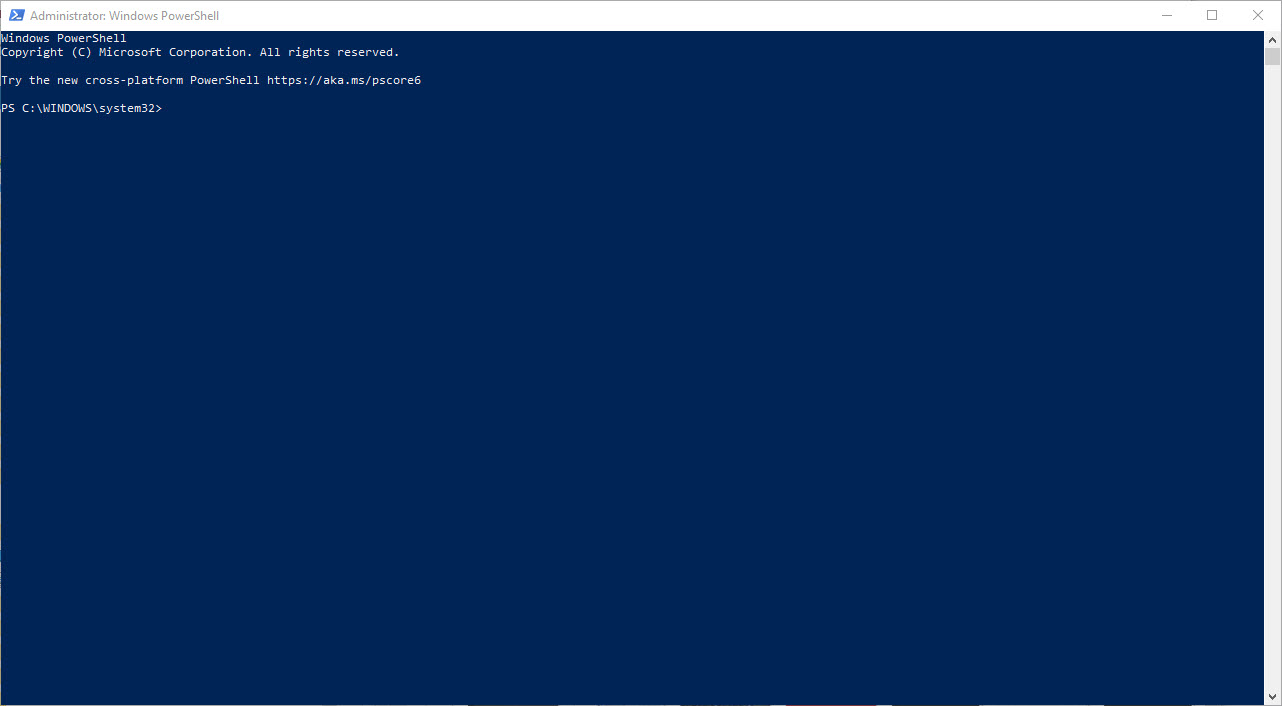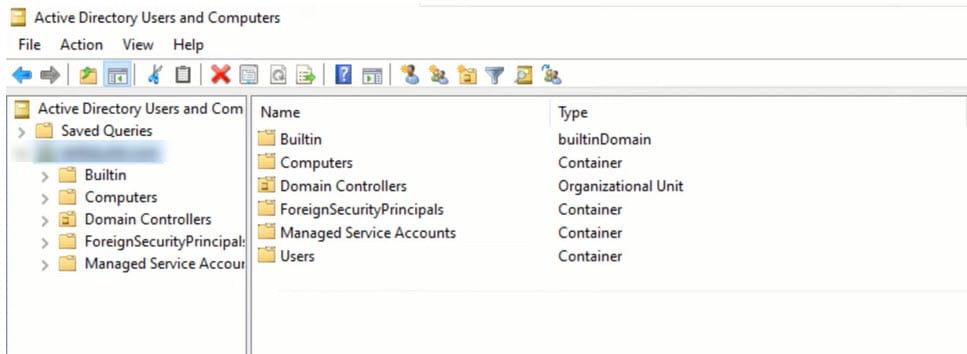
Linux is a powerful and versatile operating system that is widely used in both personal and professional environments. One of the key strengths of Linux is its ability to be optimized for performance. In this article, we will explore the basics of Linux performance tuning, including how to optimize system performance, monitor system resources, and troubleshoot common performance issues.
Optimizing system performance in Linux involves several key steps, including configuring system settings, managing system resources, and tuning the kernel. One of the most important system settings to configure is the swappiness value, which controls how aggressively the kernel swaps out inactive memory pages. A high swappiness value can lead to excessive swapping and decreased performance. To change the swappiness value, you can use the following command:
sysctl vm.swappiness=10
Another important system setting to configure is the I/O scheduler, which controls how the kernel handles disk I/O. The default I/O scheduler in Linux is the Completely Fair Queuing (CFQ) scheduler, which can lead to decreased performance on high-performance storage systems. To change the I/O scheduler, you can use the following command:
echo [scheduler] > /sys/block/[device]/queue/scheduler
Managing system resources is also an important aspect of optimizing Linux performance. One of the most important resources to monitor is memory usage. To view memory usage in Linux, you can use the free command. For example, to view the current memory usage, you can use the command:
free -m
To view detailed information about memory usage, you can use the vmstat command. For example, to view detailed information about memory usage, you can use the command:
vmstat -s
Another important resource to monitor is CPU usage. To view CPU usage in Linux, you can use the top command. For example, to view the current CPU usage, you can use the command:
top
To view detailed information about CPU usage, you can use the mpstat command. For example, to view detailed information about CPU usage, you can use the command:
mpstat -P ALL
In addition to configuring system settings and managing system resources, troubleshooting common performance issues is also an important aspect of optimizing Linux performance. One of the most common performance issues is high disk I/O. To troubleshoot high disk I/O, you can use the iostat command. For example, to view detailed information about disk I/O usage, you can use the command:
iostat -x
Another common performance issue is high network usage. To troubleshoot high network usage, you can use the netstat command. For example, to view detailed information about network usage, you can use the command:
netstat -s
Linux performance tuning is an important aspect of managing a Linux system. By configuring system settings, managing system resources, and troubleshooting common performance issues, you can ensure that your Linux system is running at optimal performance. Additionally, monitoring system resources and performance metrics can also help you to identify and diagnose performance issues before they become critical.

